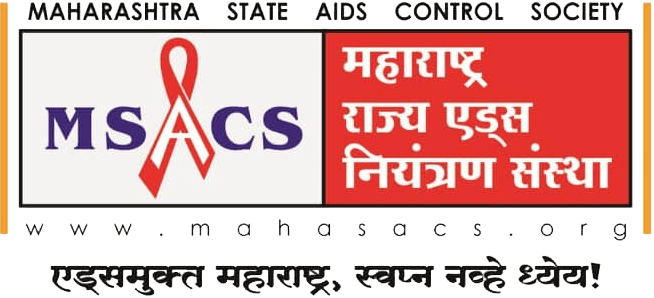India’s AIDS Control Programme is globally acclaimed as a success story. The National AIDS Control Programme (NACP), launched in 1992, is being implemented as a comprehensive programme for prevention and control of HIV/AIDS in India. Over time, the focus has shifted from raising awareness to behavior change, from a national response to a more decentralized response and to increasing involvement of NGOs and networks of PLHIV.
In 1992, the Government launched the first National AIDS Control Programme (NACPI) with an IDA Credit of USD84 million and demonstrated its commitment to combat the disease. NACP I was implemented with an objective of slowing down the spread of HIV infections so as to reduce morbidity, mortality and impact of AIDS in the country. National AIDS Control Board (NACB) was constituted and an autonomous National AIDS Control Organization (NACO) was set up to implement the project. The first phase focused on awareness generation, setting up surveillance system for monitoring HIV epidemic, measures to ensure access to safe blood and preventive services for high risk group populations.
In November 1999, the second National AIDS Control Project (NACP II) was launched with World Bank credit support of USD 191 million. The policy and strategic shift was reflected in the two key objectives of NACP II: (i) to reduce the spread of HIV infection in India, and (ii) to increase India’s capacity to respond to HIV/AIDS on a long-term basis. Key policy initiatives taken during NACP II included: adoption of National AIDS Prevention and Control Policy (2002); Scale up of Targeted Interventions for High risk groups in high prevalence states; Adoption of National Blood Policy; a strategy for Greater Involvement of People with HIV/AIDS (GIPA); launch of National Adolescent Education Programme (NAEP); introduction of counseling, testing and PPTCT programmes; Launch of National Anti-Retroviral Treatment (ART) programme; formation of anointer-ministerial group for mainstreaming; and setting up of the National Council on AIDS, chaired by the Prime Minister; and setting up of State AIDS Control Societies in all states.
In response to the evolving epidemic, the third phase of the national programme (NACPIII) was launched in July 2007 with the goal of Halting and Reversing the Epidemic by the end of project period. NACP was a scientifically well-evolved programme, grounded on a strong structure of policies, programmes, schemes, operational guidelines, rules and norms. NACP-III aimed at halting and reversing the HIV epidemic in India over its five-year period by scaling up prevention efforts among High Risk Groups (HRG) and General Population and integrating them with Care, Support & Treatment services. Thus, Prevention and Care, Support & Treatment (CST) form the two key pillars of all the AIDS control efforts in India. Strategic Information Management and Institutional Strengthening activities provide the required technical, managerial and administrative support for implementing the core activities under NACP-III at national, state and district levels.
The capacities of State AIDS Control Societies (SACS) and District AIDS Prevention and Control Units (DAPCUs) have been strengthened. Technical Support Units (TSUs) were established at National and State level to assist in the Programme monitoring and technical areas. A dedicated North-East regional Office has been established for focused attention to the North Eastern states. State Training Resource Centres (STRC) was set up to help the state level implementation units and functionaries. Strategic Information Management System (SIMS) has been established and nation-wide rollout is under way with about 15,000 reporting units across the country. The next phase of NACP will build on these achievements and it will be ensured that these gains are consolidated and sustained.


